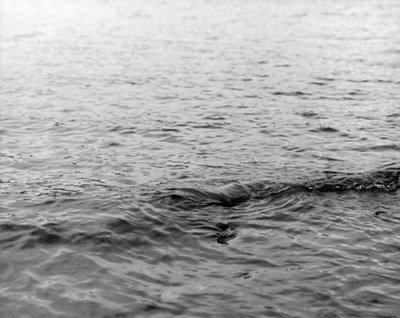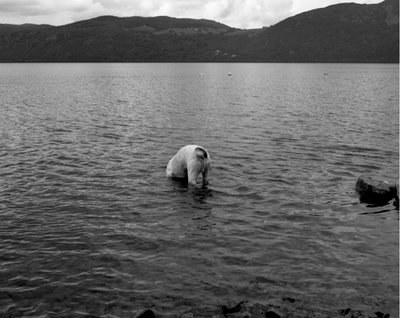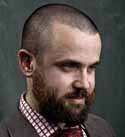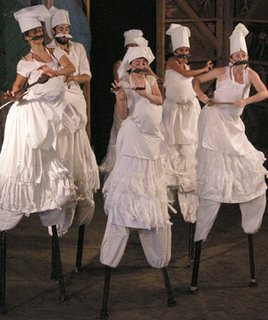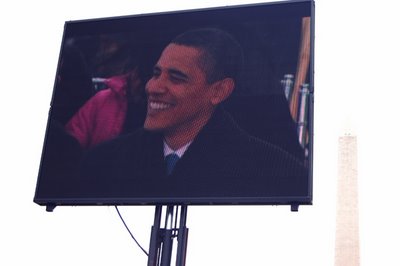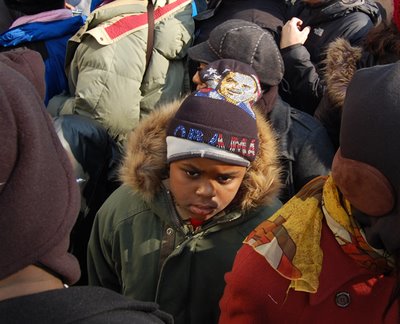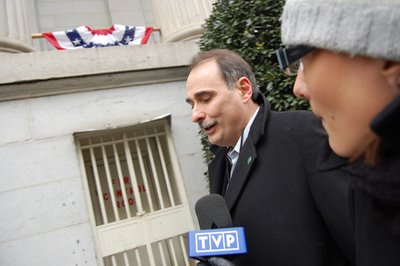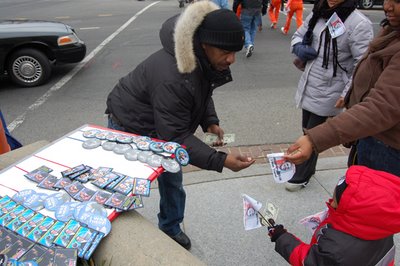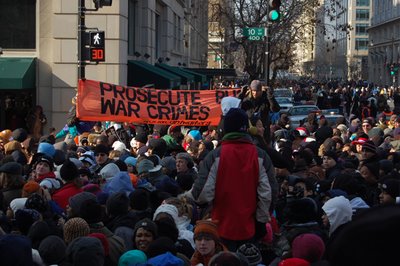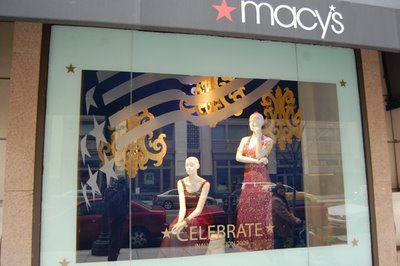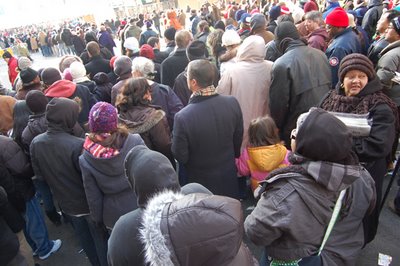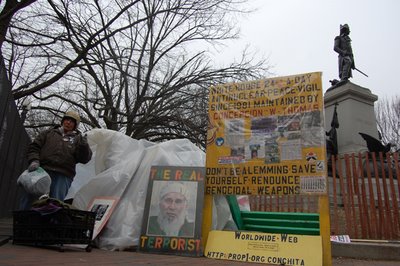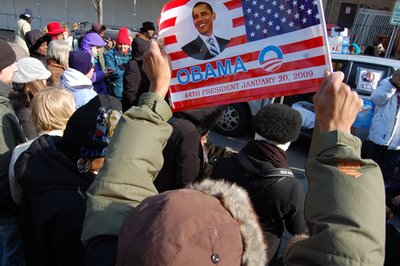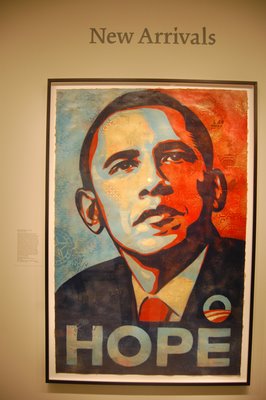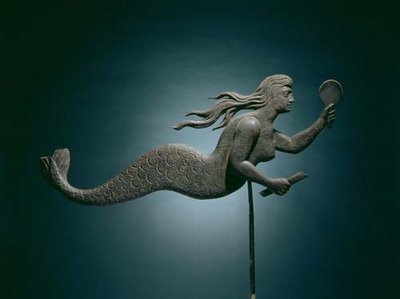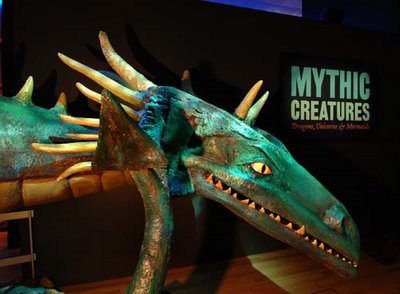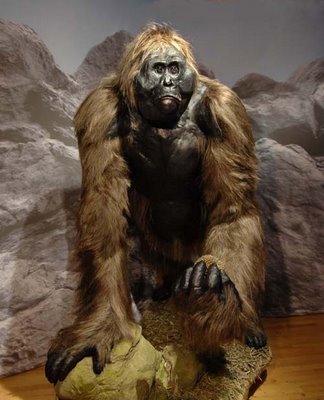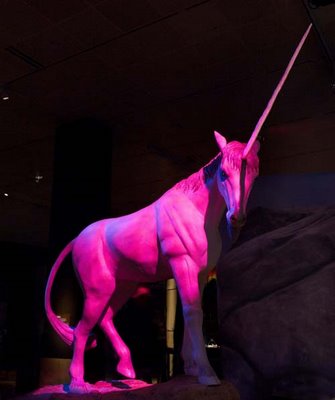Will an artist be on the landmark council?The Massachusetts Creative Economy Council, billed as the first such state-level council in the U.S., is scheduled to hold its first meeting at 2 p.m. Thursday, Jan. 29, at Boston’s Institute of Contemporary Art.
The big outstanding question is whether any artist will have a seat on the 25-member board, because the
establishing legislation, which Governor Deval Patrick signed into law in October, left out any guaranteed seat for the architects, artists, filmmakers, computer-game creators, designers, and advertising folks it defines as the
creative part of the creative economy.
So who is being appointed?
“The appointment process is still underway,” Rachael Liebert, a spokeswoman for the state Executive Office of Housing and Economic Development, which hosts the council, wrote to me Thursday. “We’ll let you know as soon as any appointments are announced.” (If you know who will be on the Creative Economy Council, drop me a
line.)
ICA director Jill Medvedow, who chaired the governor’s creative economy transition team in the months after Patrick was elected in 2006, is scheduled to welcome the council at the start of the meeting, but no one from the ICA is being appointed to the council, according to the ICA.
Many of the members of the council can be intuited from the legislation, which stipulates in detail that the council's membership will include members of the state legislature and leaders of the Massachusetts Lodging Association, Massachusetts Restaurant Association, Massachusetts Cultural Council, Massachusetts College of Art and Design, regional tourism councils, and "an owner of a sole proprietorship in the creative economy" ("creative economy" is defined so broadly that this is not necessarily a creative
maker).
Much rests on that seat for "an owner of a sole proprietorship in the creative economy.” It may be the only spot on the committee where artists and designers could get direct representation on the state board set up to support their field. If not one creative maker gets on the 25-member council, it will be a disgrace.
Democratic representative Daniel Bosley of North Adams, a longtime creative economy supporter who sponsored the bill, told me last fall that "There will be artists on the thing.” He predicted that Patrick will use his discretionary appointments to name designers or artists. The bill doesn’t seem to offer any discretionary spots beyond the one for the “sole proprietorship” person, but the wording is confusing so it’s hard to tell.
"If it doesn't work out and they don't get a seat at the table,” Bosley told me then, “we can always enlarge it.”
Previously:MA Creative Economy Council
leaves out artists.
